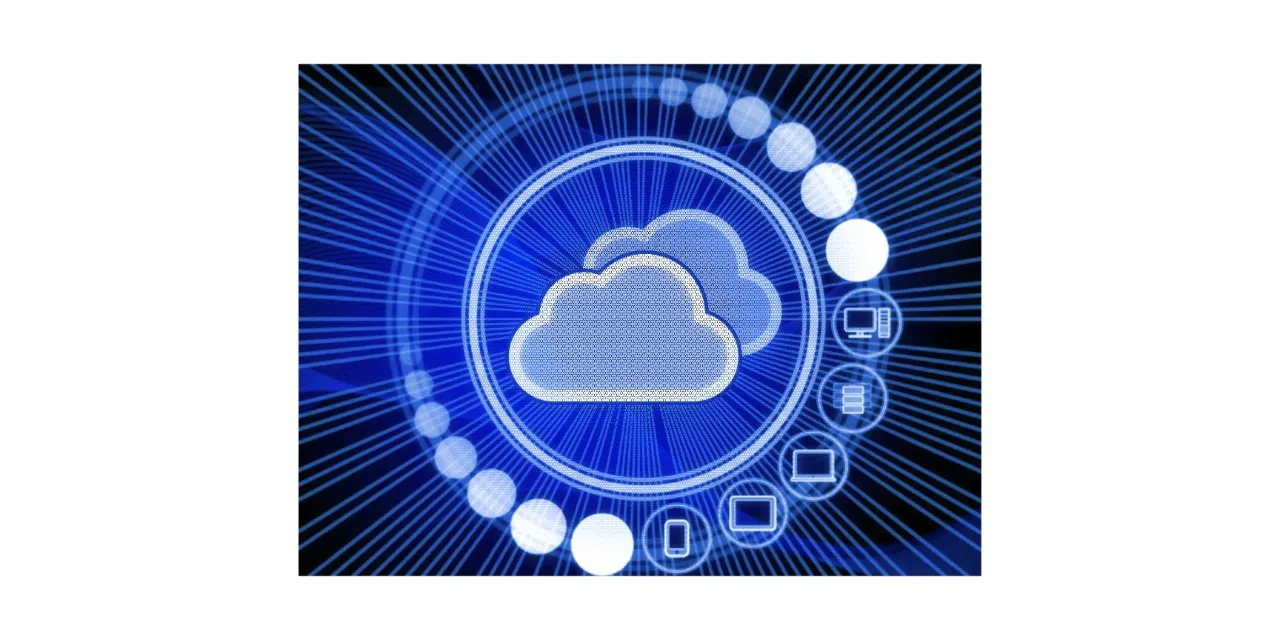
Cloud computing is all about distributing on-demand computing services, such as applications, storage, and processing power, through the internet and on a pay-per-use basis.
Why is it called cloud computing?
The location of the service, as well as many other factors such as the hardware or operating system with which it is running, are essentially irrelevant to the user in cloud computing. It was with this in mind that the cloud metaphor was adapted from ancient telecoms network diagrams.
How does it work?
Instead of purchasing computing equipment or data centres, businesses can rent everything from apps to storage from a cloud service provider. Businesses may avoid the upfront expenses and complexity of creating and maintaining their own IT infrastructure by paying just for what they need when they're used, thanks to cloud computing.
As an outcome, cloud service providers may achieve significant economies of scale by offering the same services to a wide range of customers.
Available cloud computing services
Cloud computing services now encompass everything, including primary storage, networking, and processing power to natural language processing, artificial intelligence, and typical office programmes. Almost any service that doesn't need you to be physically present near your computer equipment. So now all those can be delivered over the cloud.
Examples of cloud computing
A large number of services rely on cloud computing. Consumer services such as Gmail and cloud backup of your smartphone photographs are examples, as are services that allow significant companies to host all of their data and operate all of their programmes in the cloud.
Like Netflix, several other companies use cloud computing to manage their video streaming service and other business processes.
Relevant Courses that you may be interested in:
- Architecting on AWS
- Advanced Architecting on AWS
- Azure Cloud Training
- Azure Cloud Security
- Google Cloud Platform Training







